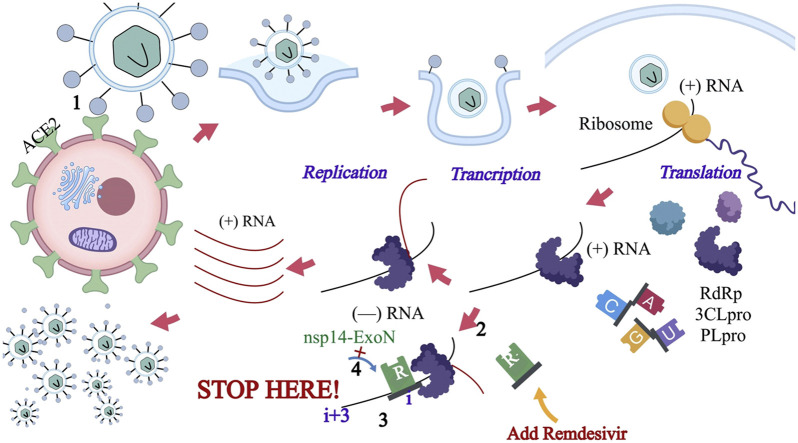- Record: found
- Abstract: found
- Article: not found
Coronavirus Disease (COVID-19): Current Status and Prospects for Drug and Vaccine Development

Read this article at
Abstract
The Coronavirus disease 2019 (COVID-19) pandemic has spread to almost all nooks and corners of the world. There are numerous potential approaches to pharmacologically fight COVID-19: small-molecule drugs, interferon therapies, vaccines, oligonucleotides, peptides, and monoclonal antibodies. Medications are being developed to target the spike, membrane, nucleocapsid or envelope proteins. The spike protein is also a critical target for vaccine development. Immunoinformatic approaches are being used for the identification of B cell and cytotoxic T lymphocyte (CTL) epitopes in the SARS-CoV-2 spike protein. Different vaccine vectors are also being developed. Chemical and physical methods such as formaldehyde, UV light or β-propiolactone are being deployed for the preparation of inactivated virus vaccine. Currently, there are many vaccines undergoing clinical trials. Even though mRNA and DNA vaccines are being designed and moved into clinical trials, these types of vaccines are yet to be approved by regulatory bodies for human use. This review focuses on the drugs and vaccines being developed against the COVID-19.
Graphical abstract
Related collections
Most cited references57

- Record: found
- Abstract: found
- Article: found
Structural basis for the recognition of SARS-CoV-2 by full-length human ACE2
- Record: found
- Abstract: found
- Article: not found
Severe acute respiratory syndrome coronavirus 2 (SARS-CoV-2) and coronavirus disease-2019 (COVID-19): The epidemic and the challenges
- Record: found
- Abstract: not found
- Article: not found

